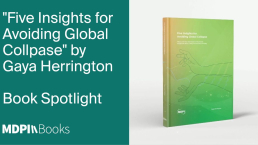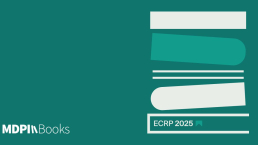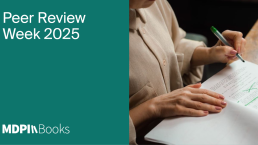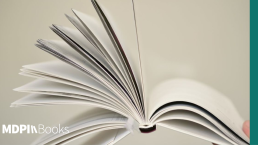
SSP’s Early Career Development Podcast Episode | 13: Industry Primer — Books Within the Scholarly Publishing Landscape
In this episode of SSP’s Early Career Development Podcast, hosts Meredith Adinolfi (Cell Press) and Sara Grimme (Digital Science) speak to Ben Denne, Director of Publishing for Academic Books (Cambridge University Press), about the books side of scholarly publishing. They discuss a range of topics that include text and content types, the commissioning process, business models and the impact of open access, and some of the differences between books and journals.
Ben chronicles his career trajectory that led to his current role, from working as a writer and assisting with children’s’ books to commissioning across several subject areas in academic publishing. He also outlines some of the complexities within the commissioning and editorial processes across monographs, textbooks, and edited collections, as well as how business models can vary across text types. He describes how open access funder mandates such as Plan S, UKRI, and OSTP in the United States are equally relevant to books as they are to journals. Ben concludes with several pieces of advice for early career professionals interested in book publishing. Despite its complexities and sometimes challenging “messiness,” it is a fun and diverse area of the industry for those curious about many subject areas and types of roles. Ben encourages early career publishers to embrace this change and upheaval, as navigating it has become an essential career skill not just in the books space but industry-wide.
(Transcribed by Maria Bollini)
Why are monographs and edited books important to the scholarly ecosystem?
Monographs and edited books are research-focused and allow for longer, more in-depth treatment of a subject in comparison to journals. They give space to explore a subject. Monographs are very good for interdisciplinary study.
Another point is that in emerging fields, edited books, such as handbooks, can often play a primary role in defining a field in a way that it’s taught. And in some areas where journals are prevalent, typically when you look across the spectrum from the STM side (scientific, technical, medical) to the HSS side (humanities and social sciences), there are more monographs on the HSS side. That’s a really crude distinction.
The other big areas are textbooks and reference works. A reference book is authoritative look-up material that would sell to libraries on a research basis as monographs and journals would. But it would provide that reference material for a subject.
Another big area for publishers is textbooks. A textbook would be that book when you are at college or you’re in school or university that’s the required reading by your teacher or professor on a particular subject. So, they adopt that book and can teach that course from it. You would need a copy of that book in order to follow the course.
For subject areas, particularly humanities, publishing monographs is the “bread and butter” for academics within humanities; it’s the primary vehicle for research. They also play a big part in the assessment, for example in the UK`s Research Excellence Framework. What that really means is that universities have a big interest in publishing through these formats because it can directly influence the funding that they receive. So, in humanities, monographs are a crucial part in the ecosystem.
How does commissioning work for books?
Publishers are all different, but to give an example, you have subject commissioning editors. The job of the commissioning editor is to get authors to get published in their field or fields. So, for example, you have a physics commissioning editor who tries to get authors to publish physics books. Sometimes, it’s very proactive, meaning that editors would go out and look for authors. For example, for textbooks, that’s a very proactive area of publishing, and commissioning editors would go out and look for others to publish in those areas.
Once there is a proposal, commissioning editors will go and look for independent reviewers to review the book. Typically, publishing a book takes between 6 months and a couple of years, and the editor would check in periodically, making sure they’re staying on track. And then, once the author delivers a manuscript, the editor then passes that on to the team dealing with production. And from then on, the editor’s involvement varies from publisher to publisher. But typically, the editor remains the publisher’s primary contact through the whole life of that book.
How do publishers build their business models?
Typically, for monographs and edited works, you have in the industry what we call “low volume, high value”. What that means in the business model is that you have a relatively high-priced title, because it is quite specialist, quite niche. That book would go to a relatively small number of libraries. So, they buy a copy or a digital copy which would be available to a large cohort of users, e.g., their students, for use.
There’s also a couple of other models. You have direct sales to libraries, you have third-parties that sell research content to libraries, and then you also have collection sales (and many others).
How does open access now come into play, e.g., with Plan S?
Accessibility, maximum ease, and dissemination are all there in open access. A recent example is the guidelines, provided by the UKRI, UK Research & Innovation. They are asking for acceptance of author manuscripts for all of their funded research books to be made available within 12 months after their publication. I think that the Excellence Research Framework is going to follow a similar path.
Podcast source:
For more information about Open Access books, visit the MDPI Books FAQ.









